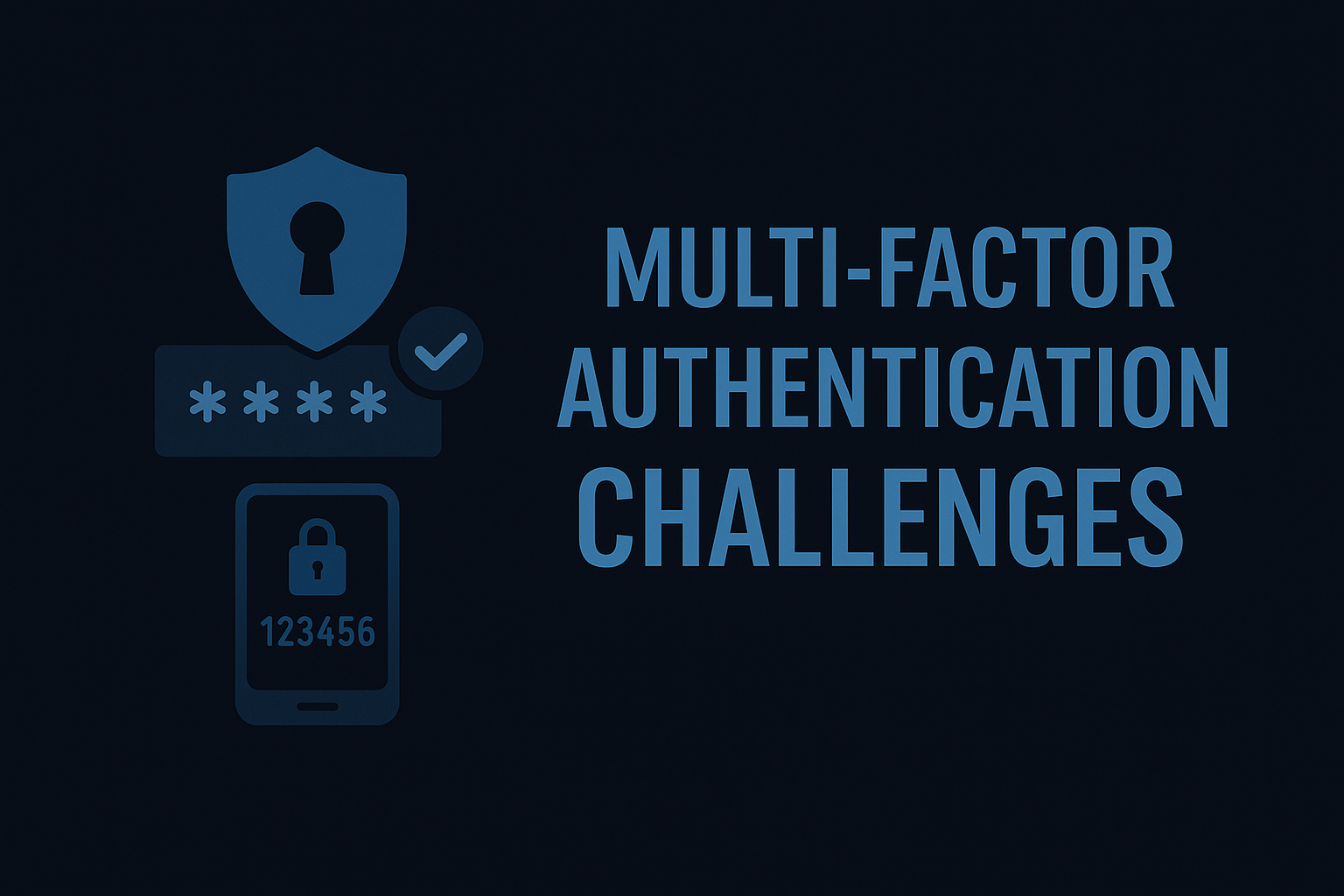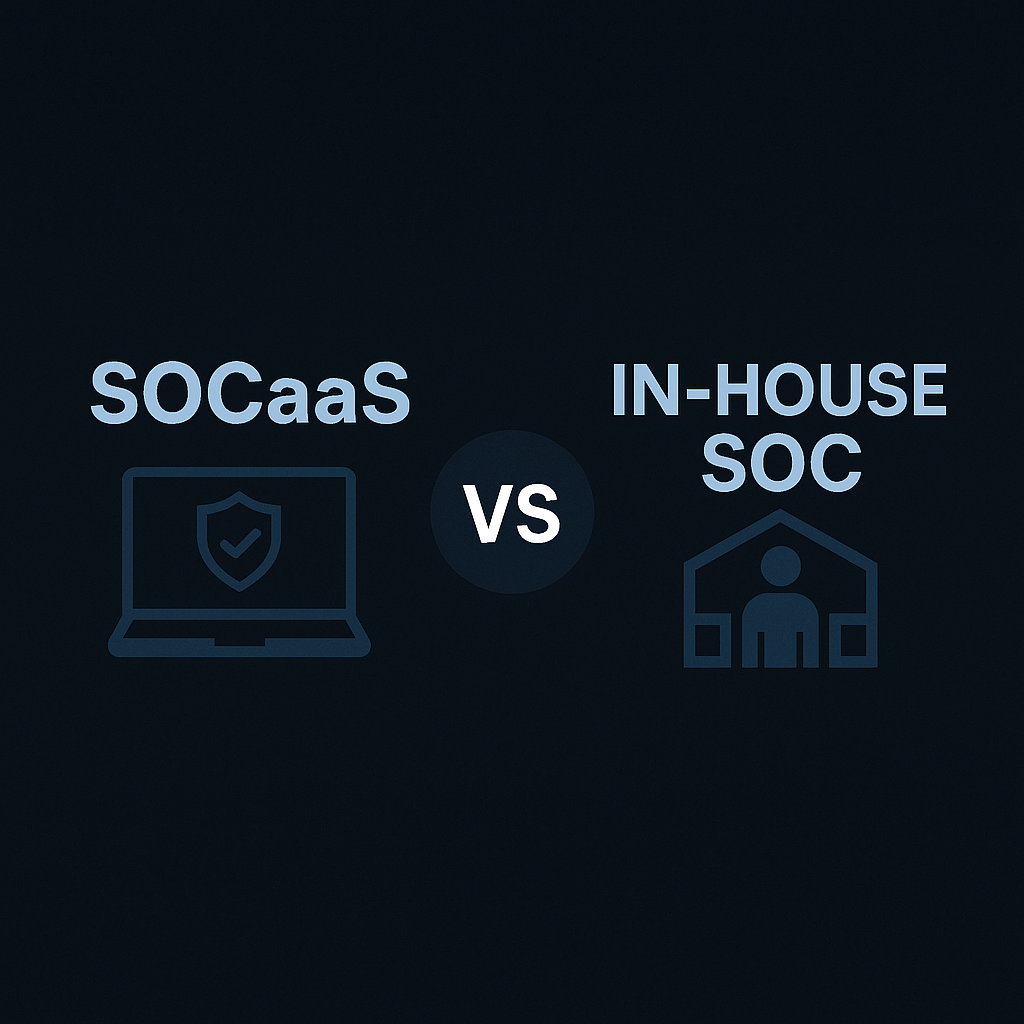[fs-toc-h2]Introduction
Multi-Factor Authentication (MFA) is widely promoted as one of the most robust methods to secure digital identities and prevent unauthorized access. However, even organizations diligently implementing MFA are increasingly falling victim to sophisticated cyberattacks. The reality is attackers have adapted, finding creative ways around common MFA implementations—exploiting weaknesses ranging from user fatigue to phishing and technical misconfigurations. As cybersecurity threats evolve, it’s imperative for organizations to reassess the efficacy of their MFA strategies.
[fs-toc-h2]Understanding MFA and Its Vulnerabilities
Multi-Factor Authentication requires multiple proofs of identity before granting access, typically combining something you know (like a password), something you have (like a smartphone or token), or something you are (such as biometric data). While MFA dramatically improves security compared to single-factor authentication, it's not infallible. Modern threat actors have devised methods to compromise even advanced MFA systems, significantly undermining the assurance that MFA once provided.
[fs-toc-h2]Common Yet Overlooked MFA Challenges
- Incomplete Coverage and Configuration Gaps: Many organizations mistakenly assume MFA is uniformly applied across all systems and accounts. However, unmanaged or shadow accounts and misconfigured security policies frequently leave critical assets vulnerable. Attackers often target these overlooked entry points, using them as footholds to breach broader networks.
- Real-Time Phishing and Code Relay Attacks: Traditional phishing attacks have evolved. Attackers now employ sophisticated, real-time proxy servers to intercept and relay MFA codes or approval requests. Users, believing they are authenticating legitimate sessions, unknowingly grant access to attackers who replicate these credentials instantaneously.
- MFA Fatigue (Push Notification Flooding): A disturbingly effective tactic, MFA fatigue involves inundating a user with repeated authentication requests. Eventually, through annoyance, confusion, or mistake, users may approve unauthorized access attempts. High-profile breaches at major corporations illustrate the severity of this threat, demonstrating that even vigilant users can succumb to persistent psychological tactics.
- SIM Swapping and SMS Vulnerabilities: SMS-based MFA, still widely used due to its convenience, has proven susceptible to SIM swapping, interception, and other fraud tactics. Attackers leverage social engineering to convince telecom providers to transfer victims' phone numbers to new SIM cards, subsequently intercepting critical MFA codes and gaining account access.
- Weak or Unsecured Recovery Processes: Account recovery mechanisms, intended as failsafes, often inadvertently provide attackers with alternative pathways to bypass MFA protections entirely. Poorly implemented or inadequately secured recovery processes, such as relying solely on email confirmations, significantly diminish MFA's effectiveness.
[fs-toc-h2]In-Depth Analysis of Real-World MFA Exploits
Detailed incidents, such as recent breaches involving Uber, Microsoft, and major fintech platforms, underscore these vulnerabilities. These breaches often originate from seemingly minor oversights—such as an employee mistakenly accepting an MFA push notification after repeated prompts, or attackers successfully conducting a real-time relay attack that bypasses strong authentication methods. These incidents demonstrate clearly that simply deploying MFA is insufficient without continuous monitoring, training, and threat mitigation strategies.
{{post-cta}}
[fs-toc-h2]Proactive Recommendations for Enhancing MFA Security
- Conduct Comprehensive Audits: Regularly verify that MFA is universally enforced across all assets, including cloud platforms, VPNs, and third-party integrations.
- Implement Phishing-Resistant MFA Methods: Transition towards phishing-resistant technologies such as FIDO2/WebAuthn, biometric verification, or hardware security keys.
- Strengthen Notification Controls: Limit the frequency of MFA push notifications and educate employees on identifying and reporting unusual authentication prompts.
- Eliminate SMS-Based MFA: Wherever possible, replace SMS authentication with secure app-based or biometric alternatives to reduce the risk of SIM swapping.
- Secure Account Recovery Procedures: Implement multi-layered verification processes for account recovery that rely on more than just email or phone verification.
[fs-toc-h2]How Astro Can Protect Your Organization
At Astro, we specialize in comprehensive Identity Threat Detection and Response (ITDR). Our advanced solutions provide visibility across your identity infrastructure, detecting misconfigurations, suspicious behaviors, and MFA bypass attempts in real-time. We proactively protect your business by deploying phishing-resistant MFA, continuously monitoring identity behaviors, and guiding your team through best practices in identity security management.
[fs-toc-h2]Ready to Strengthen Your MFA Strategy?
Don't wait for a breach to reveal your MFA weaknesses. Contact us today for a complimentary MFA posture assessment or request a demo to see firsthand how our identity protection solutions can fortify your organization against emerging threats.
Get started on your security today
Let us know how we can help you stay on track with your cybersecurity. We’ll get back to you in 24 hours or sooner.


.svg)









